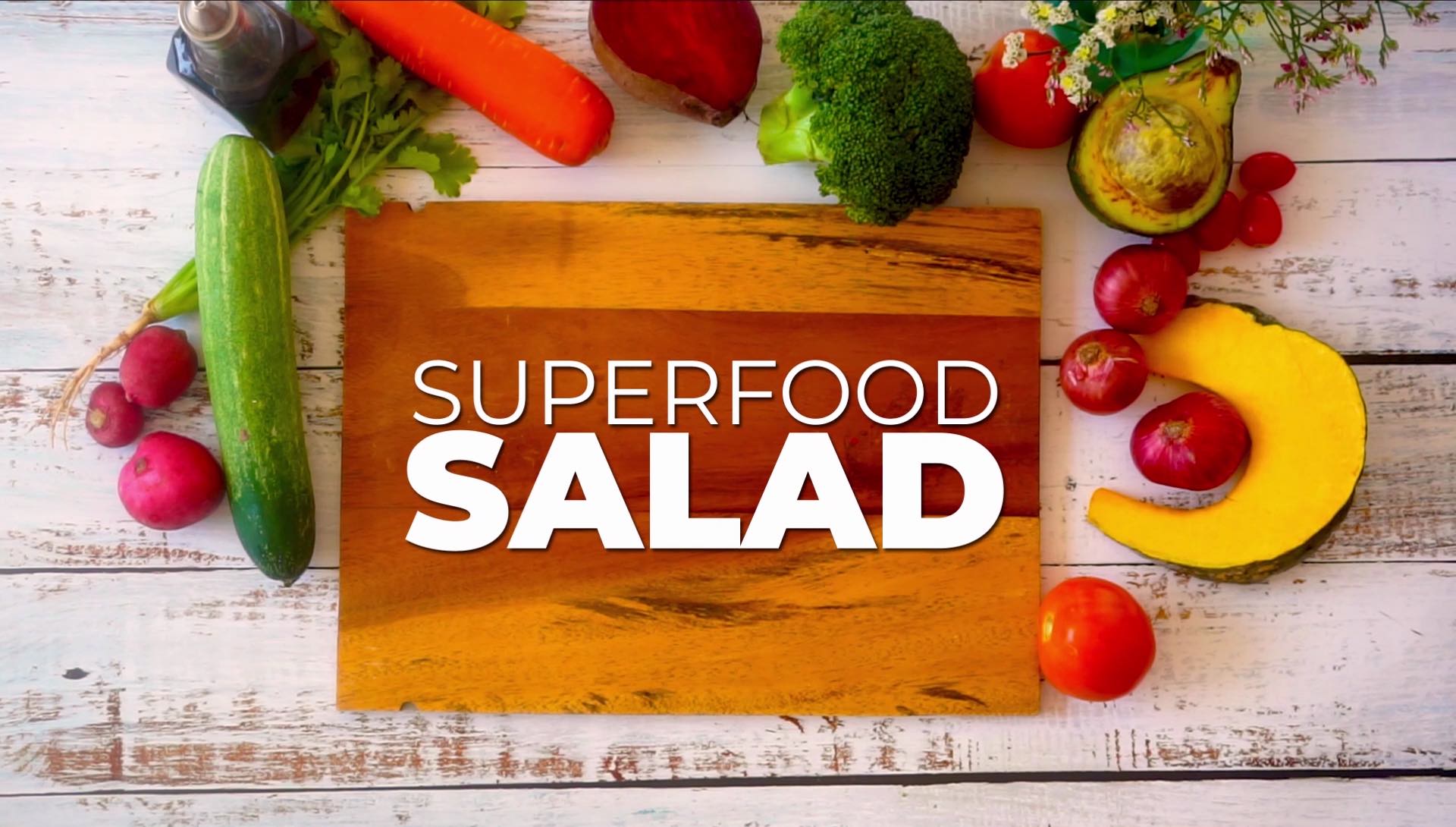How to cook the perfect homemade burger
The exact origins of the burger are unclear. Between 1885 and 1904 there were multiple people making claims to be the inventor but it has never been confirmed who was the original creator so the best that can be said is that burgers first appeared in the late 19th and early 20th Century.
The modern burger as we know it, was created as a product of the quickly changing dietary needs of society. These changes were due to the emergence of the middle and working class and the increase in industrialisation, leading to a demand for mass-produced and affordable food which could be consumed outside the house.
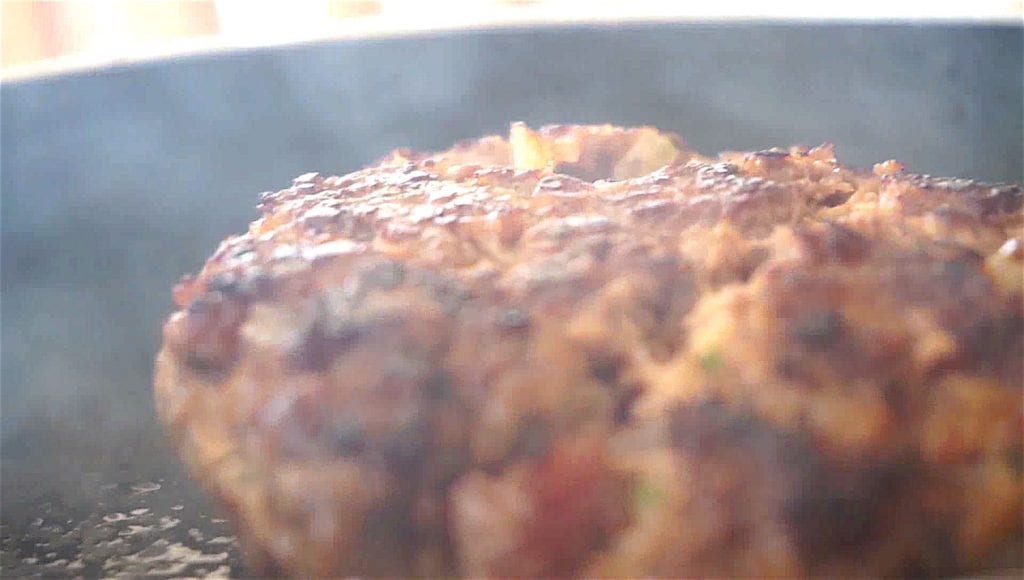
Workers needed to be able to eat cheaply and quickly. Improvements in food preservation techniques and agricultural production made it possible for burgers to be a choice even for those living in urban centres.
The popularity of the burger rose quickly in the United States around the time when we reached the end of World War 1 and the beginning of the Great Depression. This was a time of hugely reduced incomes and so people were living in an environment where there was a huge need for inexpensive food.
Around this time, a number of people realised that burgers could benefit from being mass-produced and marketed on a large scale. They opened up fast food chains to sell the burgers as an alternative form of restaurant where you could eat publicly.
For many people, this was their first experience of a restaurant as they simply couldn’t afford to eat in more traditional restaurant venues. These fast food chains provided the original concept of the “greasy spoon” café where hygiene often suffered in exchange for inexpensive food.
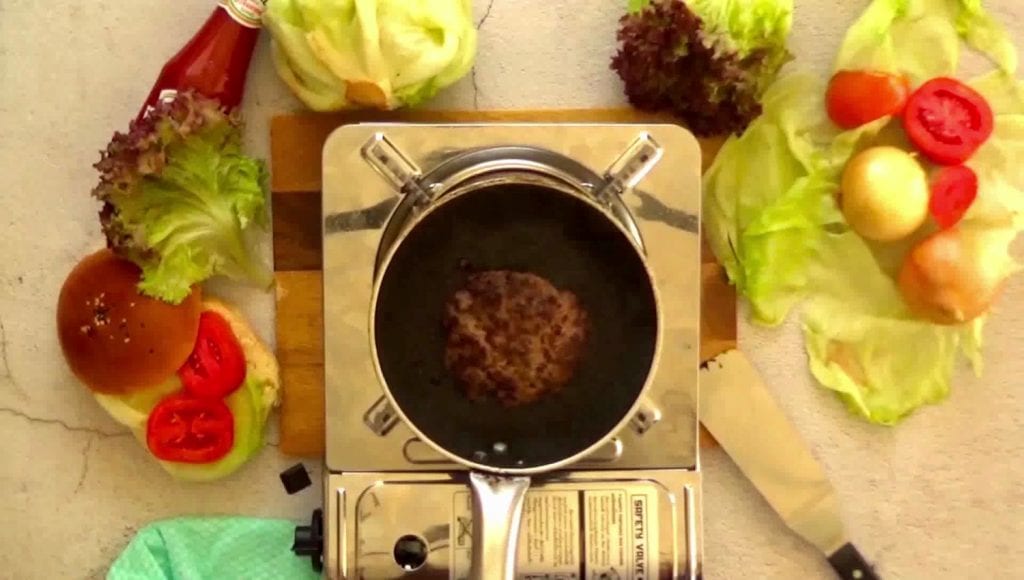
Over time, the influx of immigrants to the United States saw the ethnic make-up of contemporary America changing and this change saw the creation of new fast foods which were introduced by these immigrants.
A German immigrant had already invented the hot dog in 1867 and these were soon being copied by others and sold at baseball games.
Italian immigrants began selling ice-cream from carts and pasta in their restaurants whilst Chinese immigrants opened up restaurants for other Chinese-Americans and they soon became accepted by Americans as well, occasionally resulting in a truly Chinese-American dish such as Chop Suey.
This diversity in choice allowed the burger to rise to mainstream popularity and become the national food of the United States.
Following World War 2, the modern burger began to spread globally. A large part of this expansion was down to the success of large restaurant chains expanding their reach around the world. A desire to increase their profits and build the business as much as they could led to restaurants offering franchise opportunities in other countries.
As the franchises grew, the burgers began to change to take on a variety of features that were local to the area in which the restaurant stood. Examples of these changes are the use of ground meat from local animal, such as the use of kangaroo in Australia, and the emergence of Tex-Mex style dishes.
The international appeal of the burger also demonstrates the larger globalisation of food. Foods are spreading from continent to continent as people recognise familiar elements in different culinary ideas.
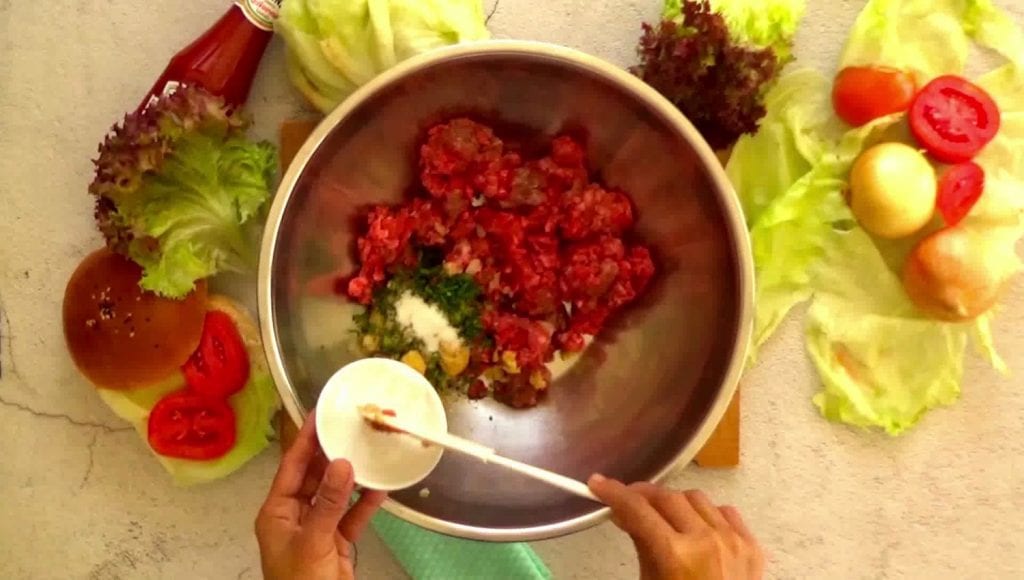
The start of the 21st century saw the beginning of the trend for gourmet burgers. Made by haute-cuisine chefs, these burgers were made using luxury ingredients and sold at much higher prices.
Examples of these burgers are the $44 Japanese bred Wagyu burger sold at Old Homestead in Manhattan and the $29 burger created by chef Daniel Boulud which used loin meat, ribs Bres, canned black truffles and a mirepoix of vegetables.
In response to these haute-cuisine takes on the burger, some chefs moved in the other direction and looked to make a simpler burger. These simple burgers included much more accessible ingredients and are often homemade.
Despite the huge popularity of the burger and the growing trends for the different styles, there were a number of nutritional controversies near the end of the 20th century that have changed people’s perception of the burger and have led to many restaurants making changes to the content of their burgers.
As we came to the end of the 20th century people had become more conscious of the need to watch what we eat and to lead a healthier lifestyle. A number of documentaries and books had been published which highlighted the concerns about the mass produced burgers that people were consuming, such as Fast Food Nation: The Dark Side of the All-American Meal and Super-Size Me.
These burgers, although often labelled as 100% beef, are made using lower grades of beef as this helps the manufacturer to reduce their costs. The beef will often come from livestock which are laden with antibiotics and the factories will add both natural and artificial flavours to ensure that all the burgers taste the same.
Mass-produced burgers generally tend to be higher in fat, lower in fibre, higher in calories and contain higher levels of salt than a burger that has been made at home. They also contain a lot of trans fat, which increases your risk of heart disease. This has led to people moving away from these products and looking for healthier alternatives.
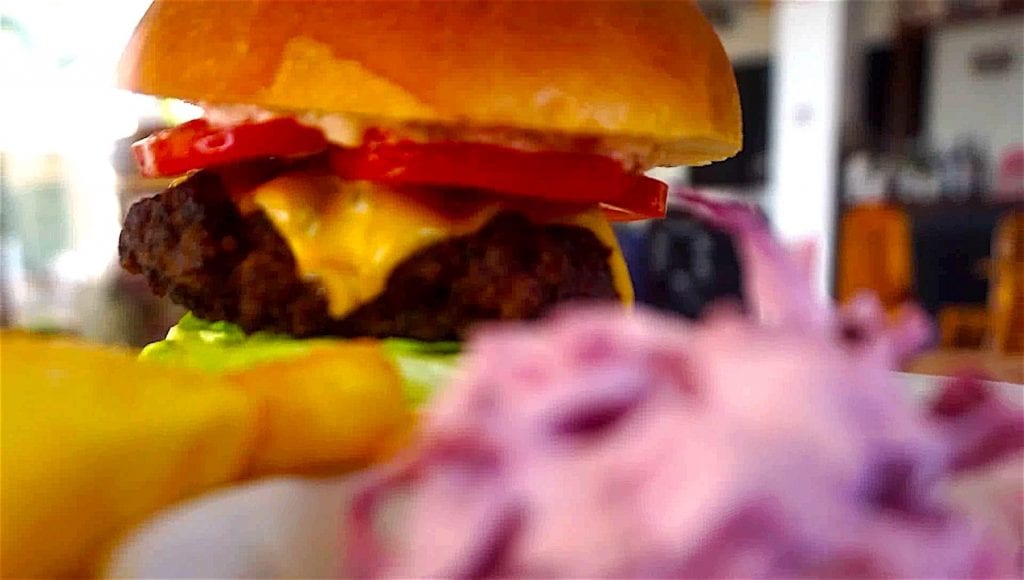
Wanting to be healthy and eat well doesn’t mean you have to remove items such as burgers from your diet. It just means that you should be more conscious of what the burger is being made from and the size of burger you are eating.
Making a burger from scratch means you are have control over exactly what is being added to the mixture. Red meat is a great source of high-quality protein and essential nutrients, such as iron, zinc and vitamin B12, so should be included in a balanced diet.
By ensuring you use lean cuts of meat, ideally 90-95% lean, you can reduce the fat content of the meat you are using. You can also choose to add any veggies, sauces and spices to the mixture that you like, which will add further nutrients and antioxidants, as well as helping to keep the burger juicy.
The other advantage of making the burger yourself is that you have full control over the size of the patty. We are advised that we should only eat around 4 ounces of meat a day, although this still provides a good sized burger.
There are many recipes available for homemade burgers, and you can adapt this as you see fit to suit your taste. Just remember, when making your burger it’s important not to handle the beef too much, as this affects how juicy the burger will be.
You should also avoid pressing down on the burger with a spatula as this will also cause juices to be lost and could lead to a dry and hard to eat burger.
If you are looking for a tasty recipe to use to make your burger, take a look at our homemade burger video for step-by-step instructions, not just on how to make a great burger but also how to make the burger bun as well. Or alternatively, if you don’t feel like cooking, come into Breeze Koh Tao and try one of ours!




